SENTRY II 950SM Series User manual




















Table of contents
Other SENTRY II Water Dispenser manuals
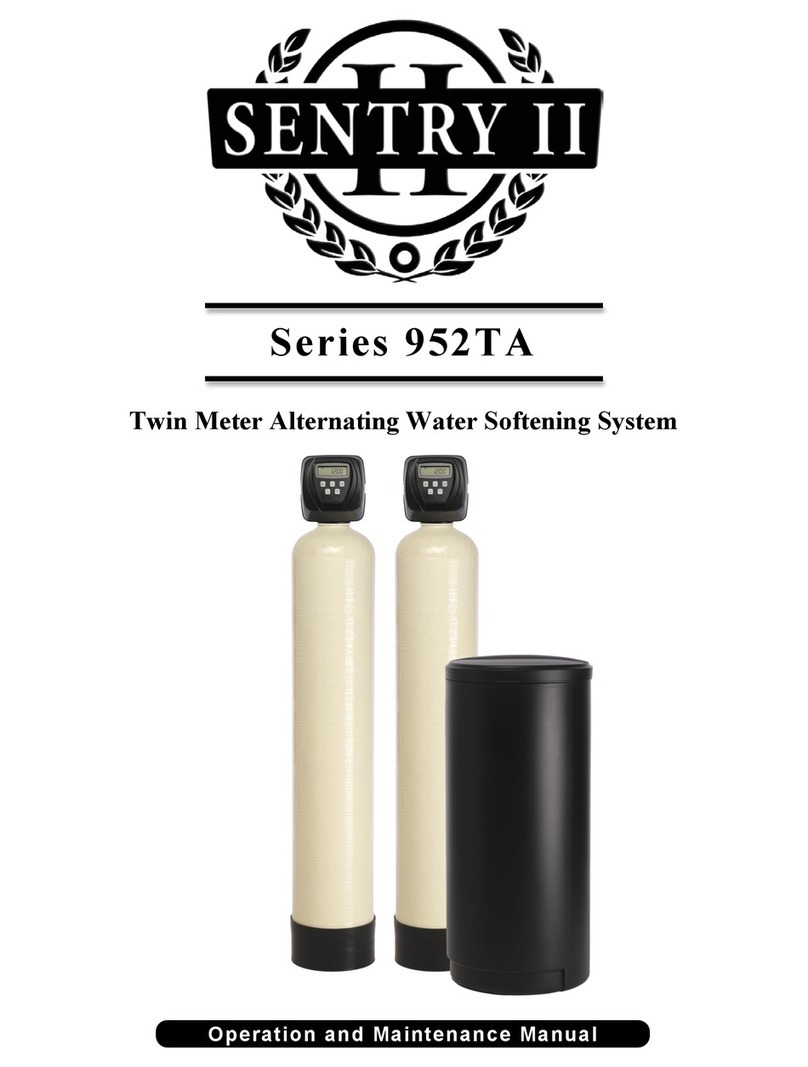
SENTRY II
SENTRY II 952TA Series User manual
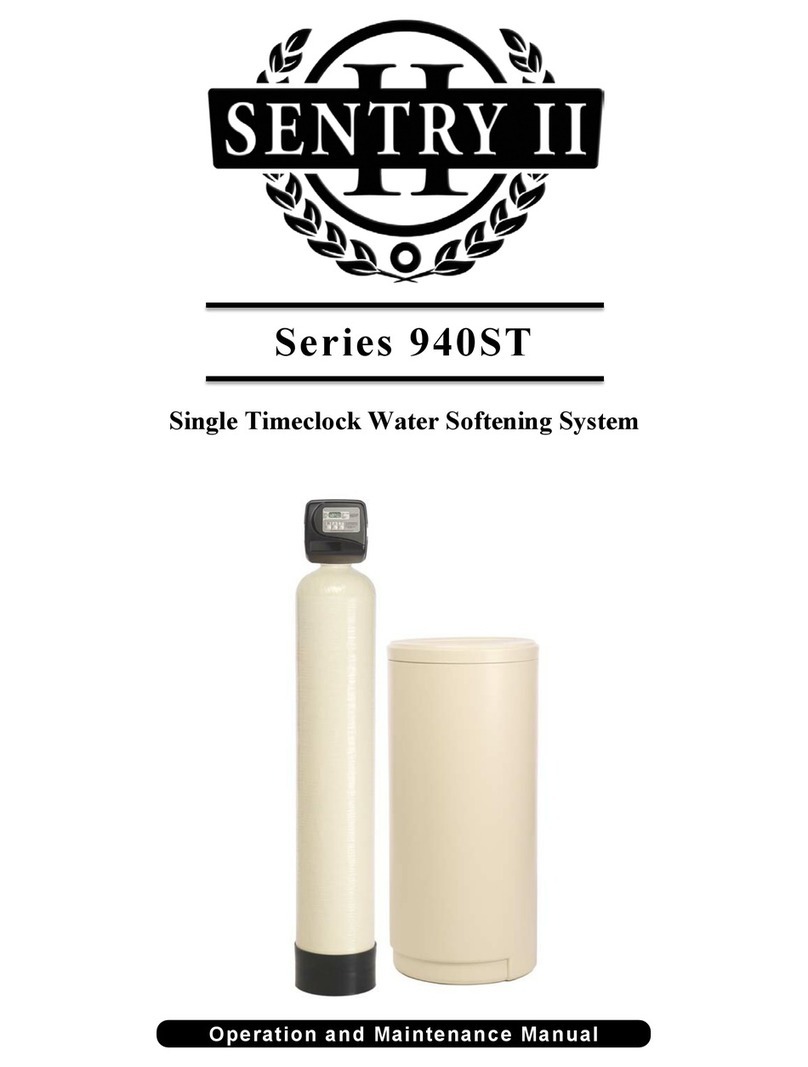
SENTRY II
SENTRY II 940ST Series User manual
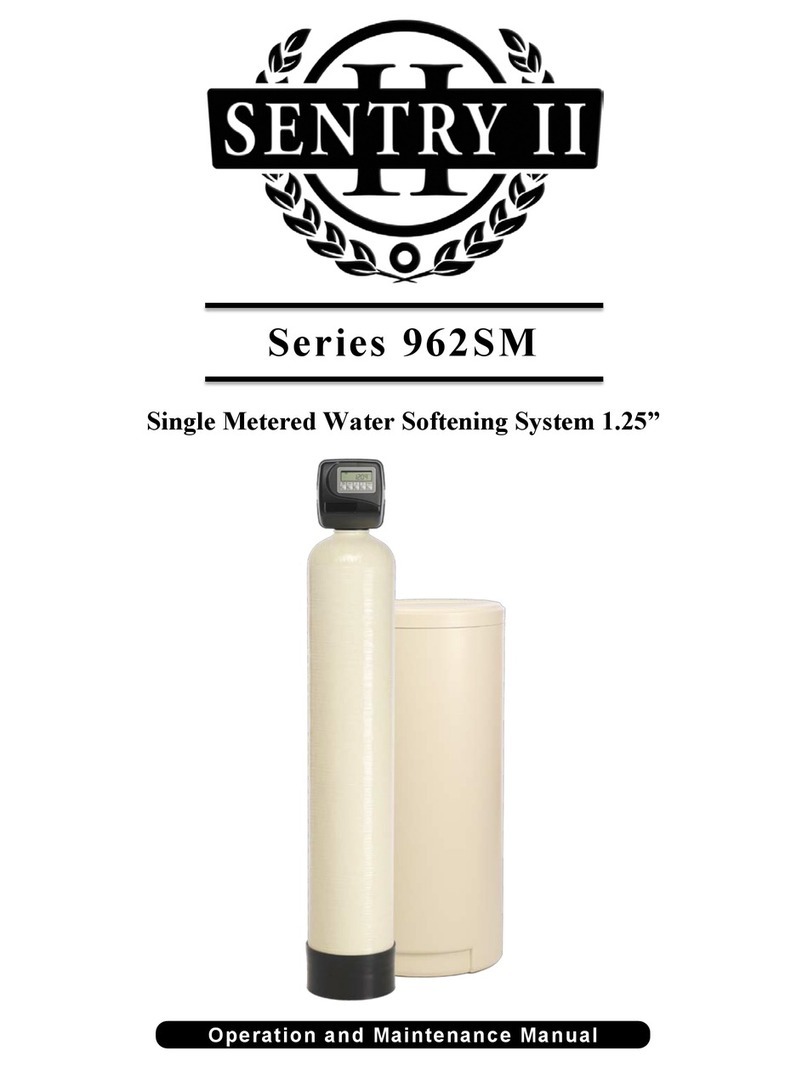
SENTRY II
SENTRY II 962SM Series User manual
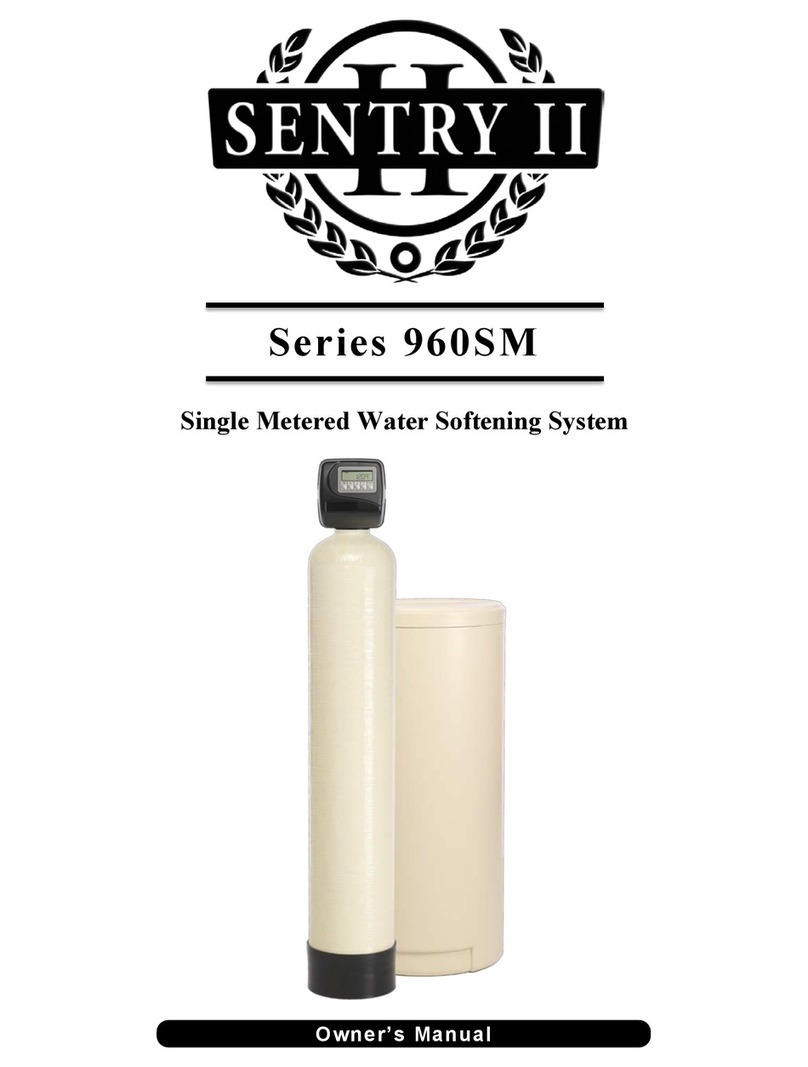
SENTRY II
SENTRY II 960SM Series User manual
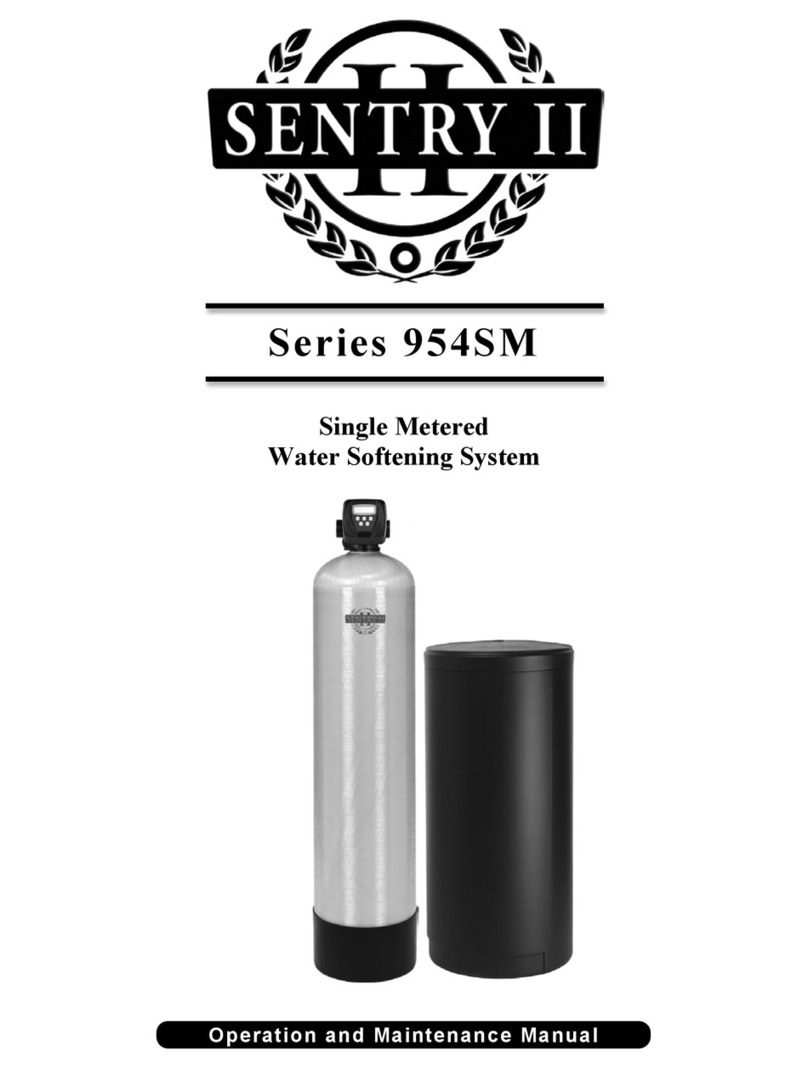
SENTRY II
SENTRY II 954SM Series User manual
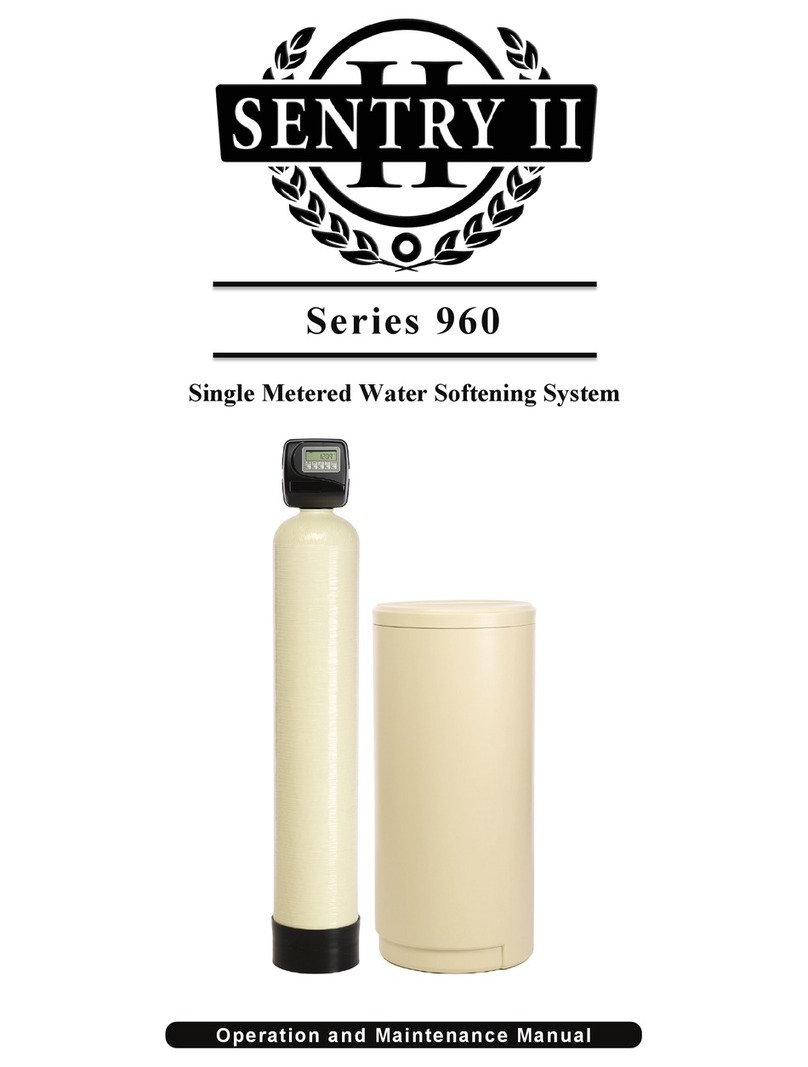
SENTRY II
SENTRY II 960 Series User manual
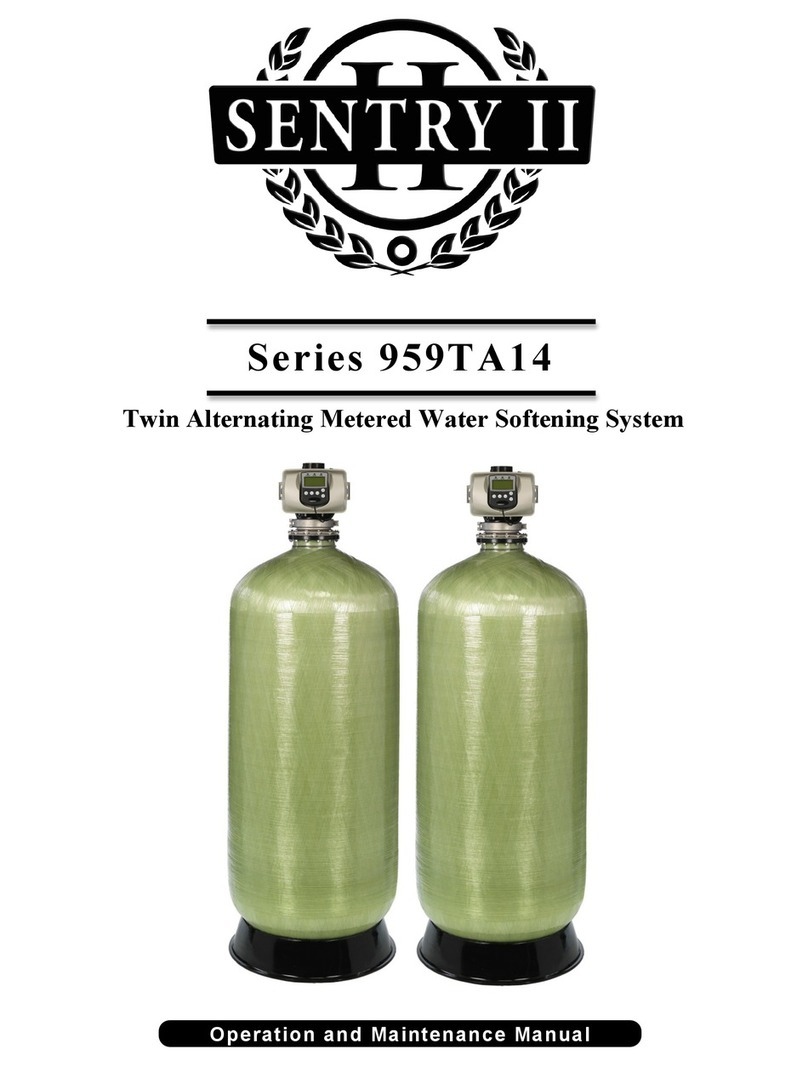
SENTRY II
SENTRY II 959TA14 Series User manual
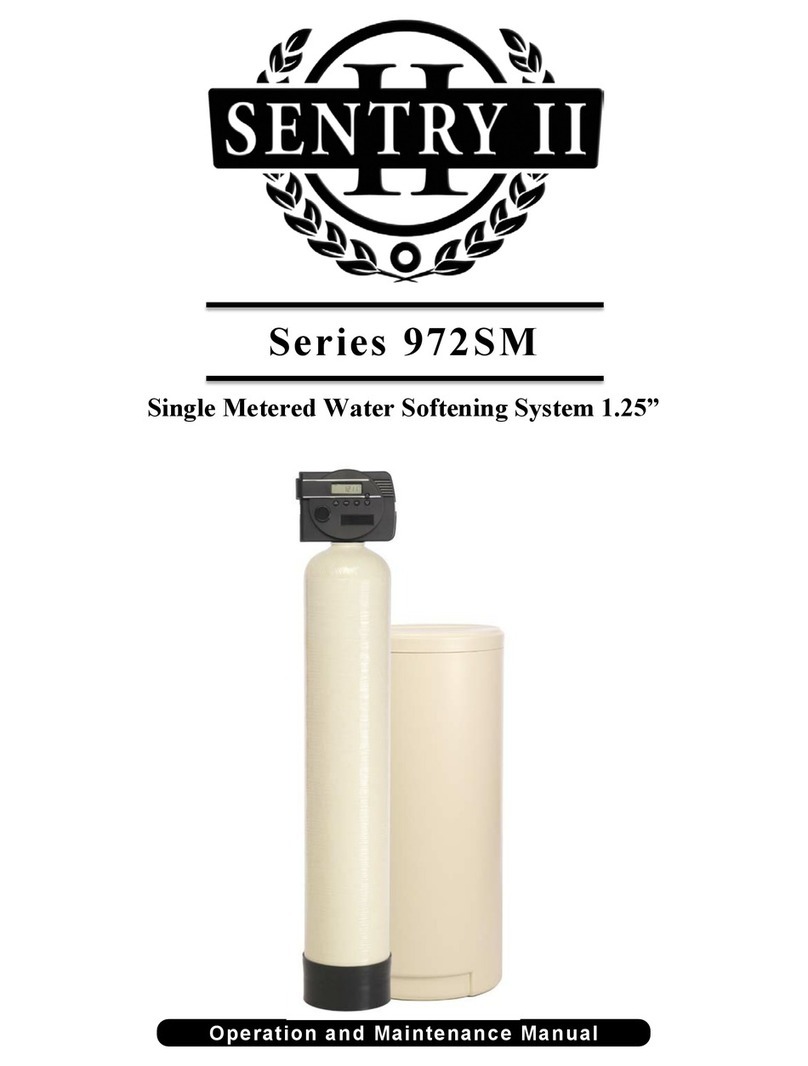
SENTRY II
SENTRY II 972SM Series User manual

SENTRY II
SENTRY II 930TA Series User manual
Popular Water Dispenser manuals by other brands
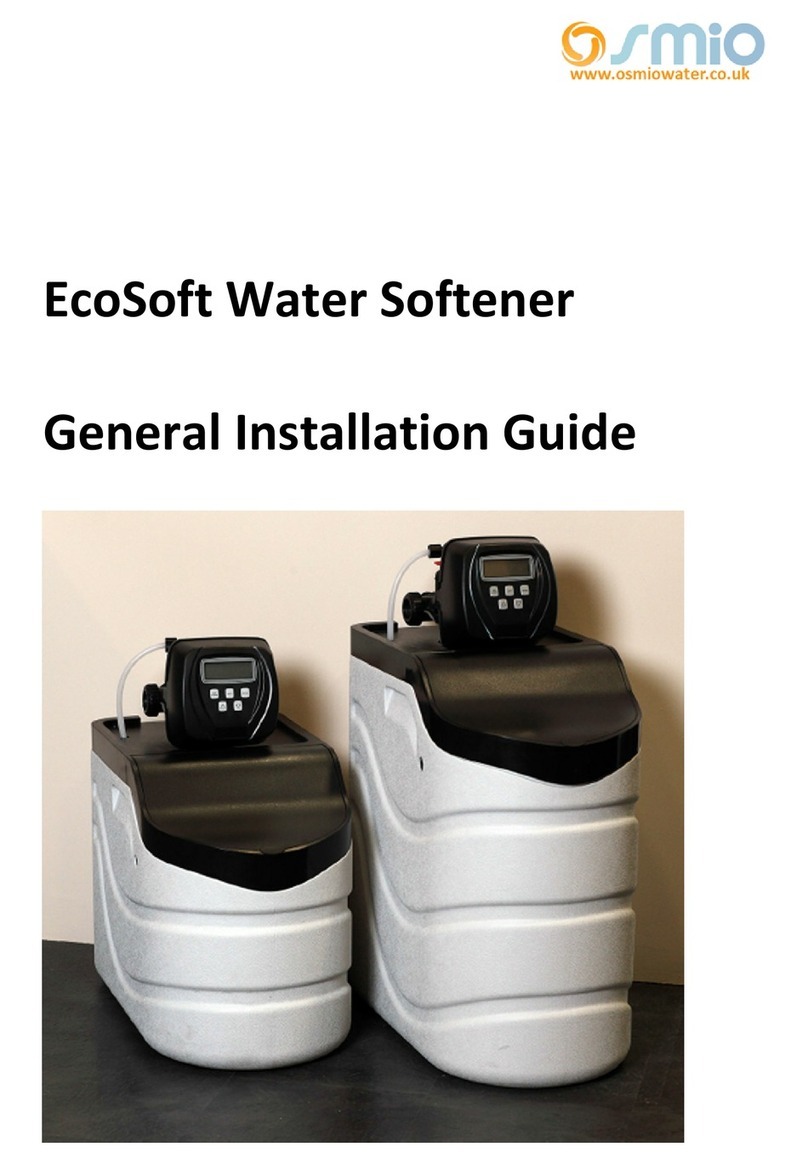
Osmio
Osmio EcoSoft PRIMO General installation guide

Ebac
Ebac SlimCool User instructions

Aqua Essentials
Aqua Essentials Borg & Overström B4 user guide
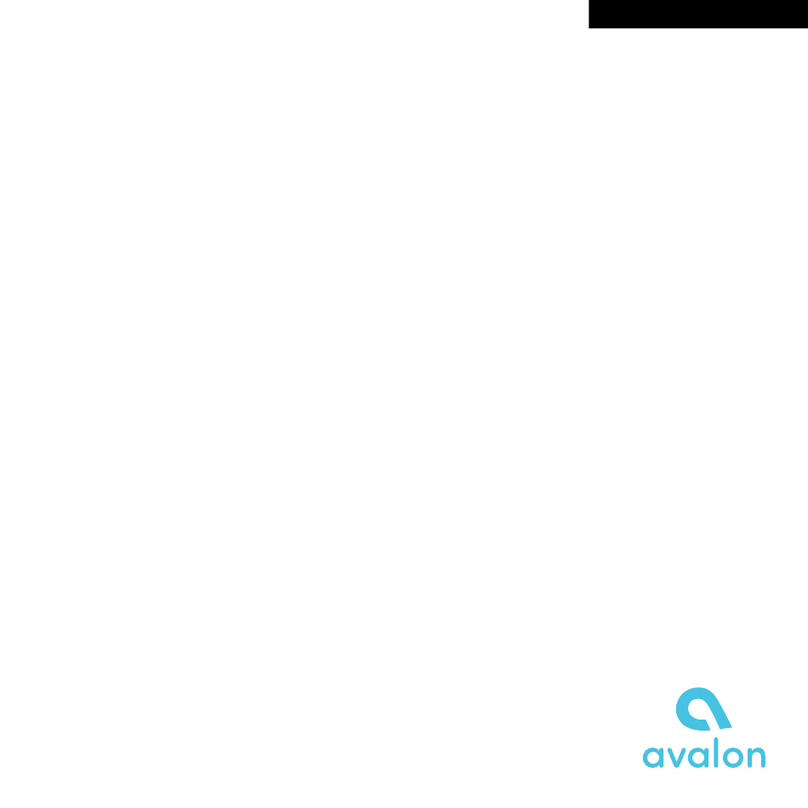
Avalon
Avalon A3F Use and care guide

Lincoln Electric
Lincoln Electric COOL ARC 55 Operator's manual
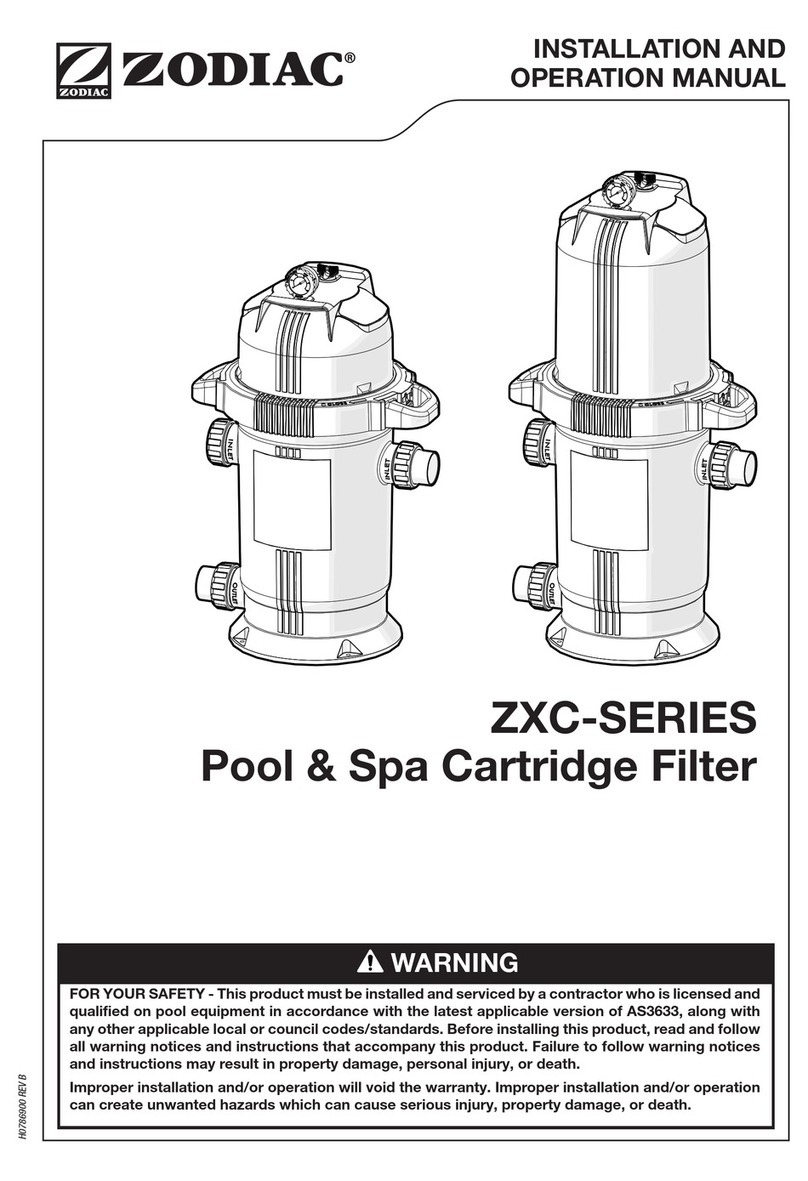
Zodiac
Zodiac ZXC Series Installation and operation manual
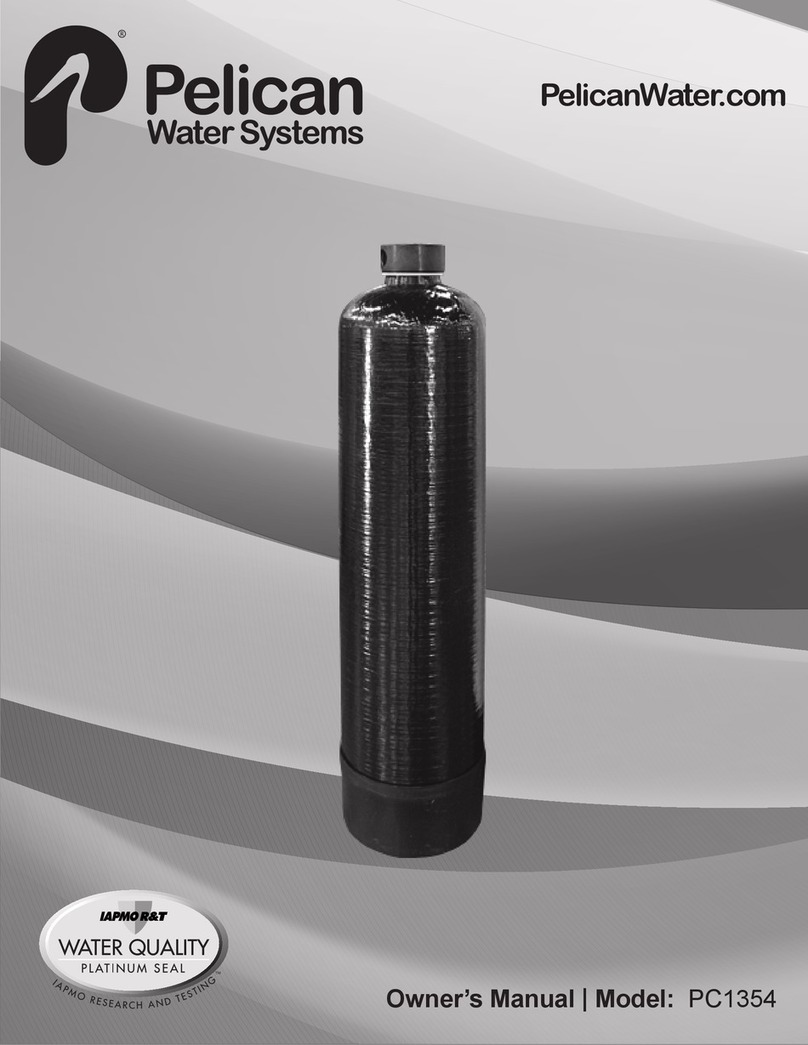
Pelican Water Technologies
Pelican Water Technologies PC1354 owner's manual
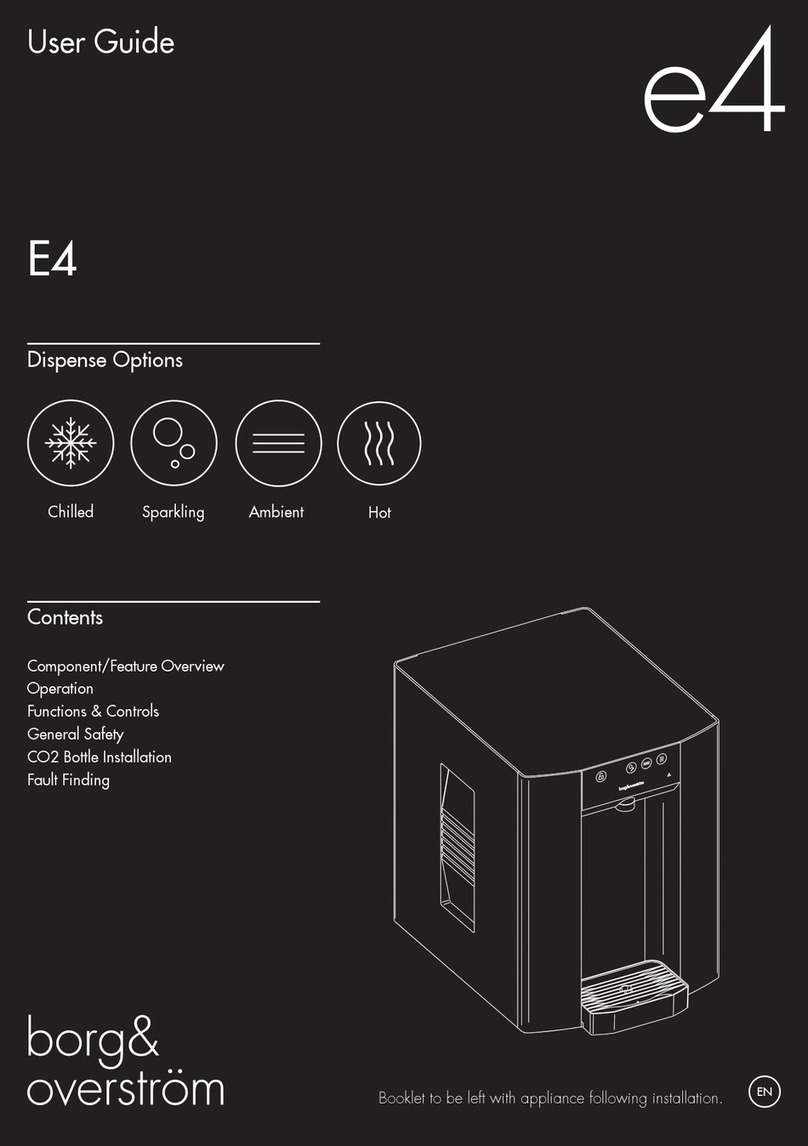
Borg & Overstrom
Borg & Overstrom E4 user guide
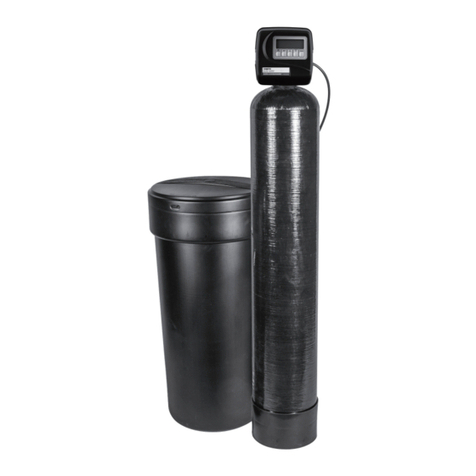
Watts
Watts PWSR Series Installation, operation and maintenance manual

Rheem
Rheem RHW42 Installation and operation manual
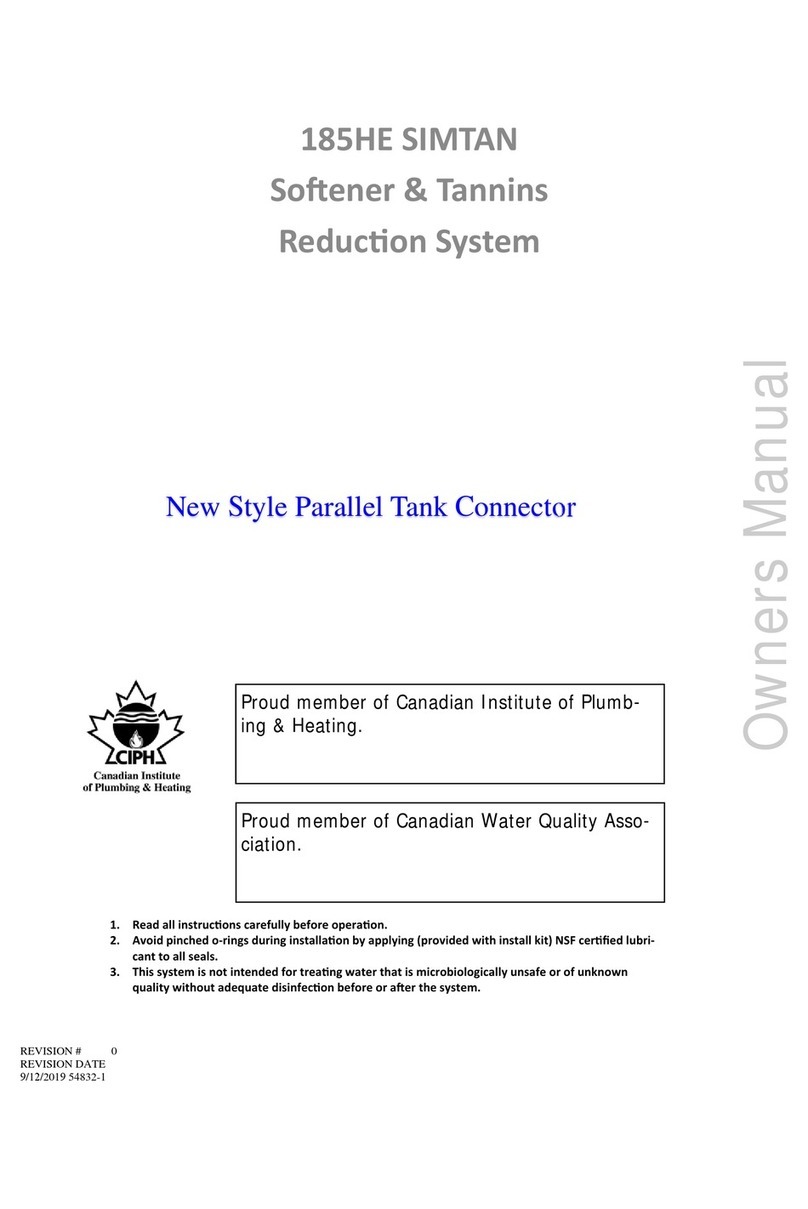
WaterGroup
WaterGroup 185HE SIMTAN owner's manual
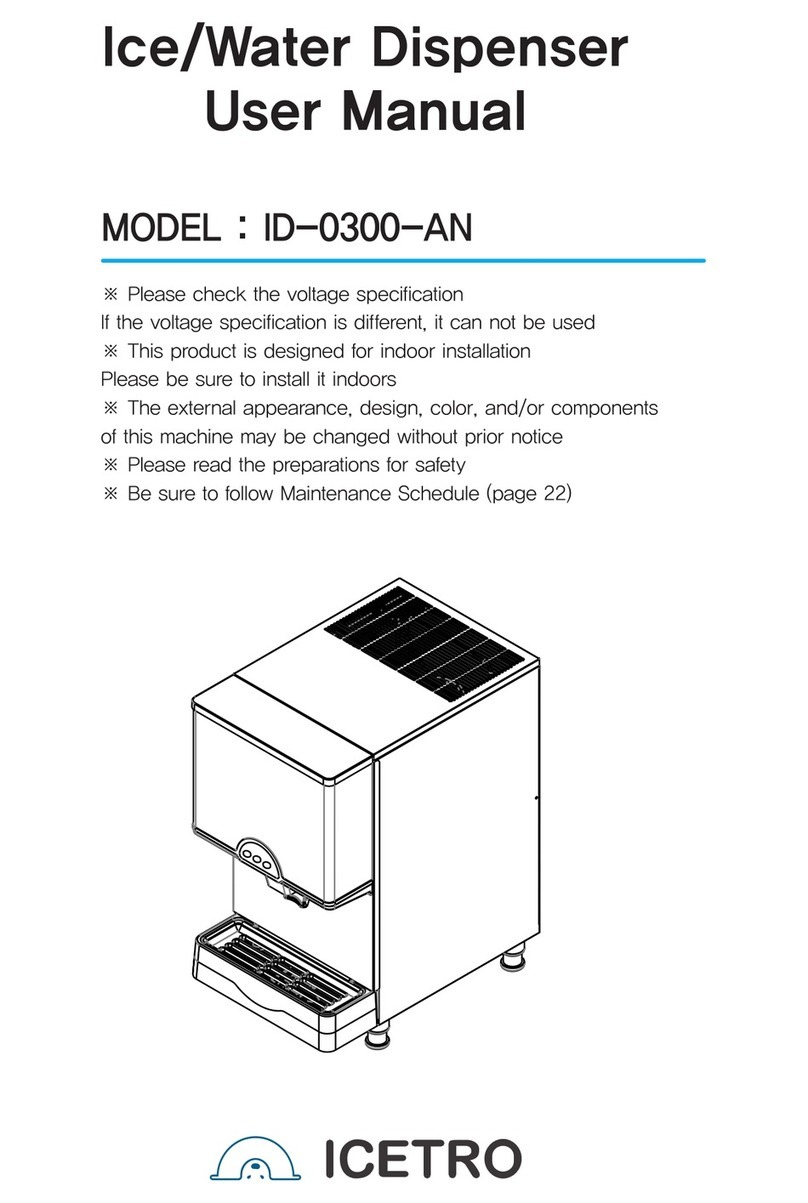
icetro
icetro ID-0300-AN user manual
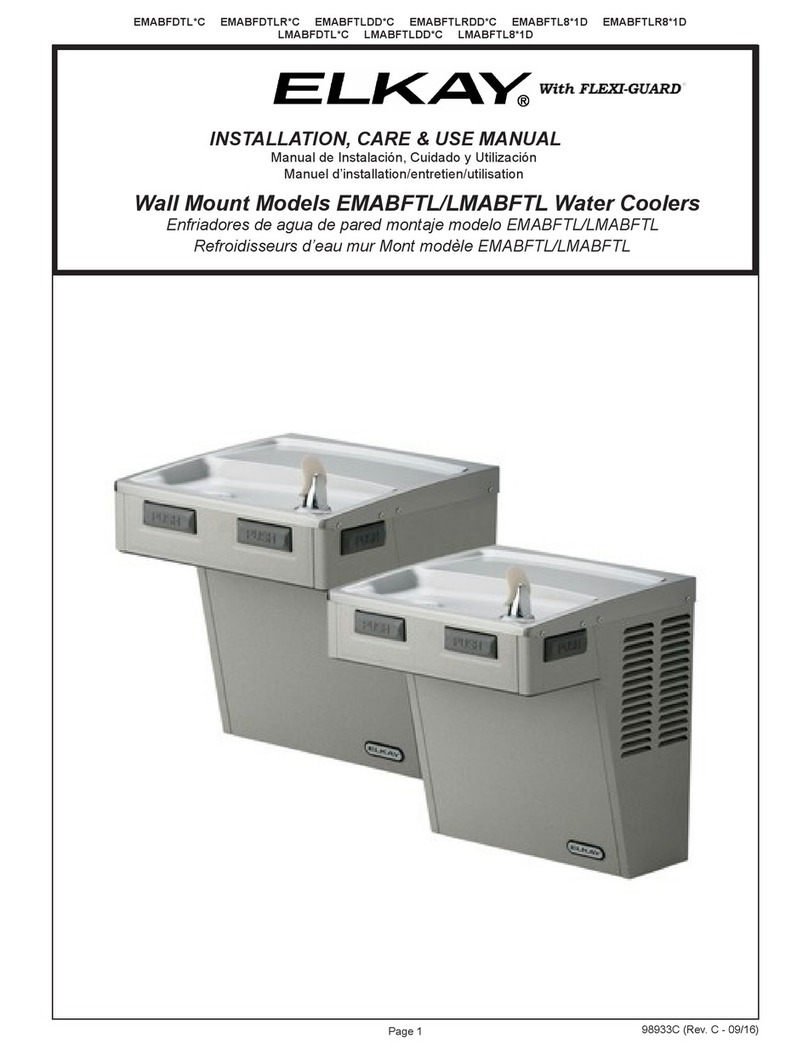
Elkay
Elkay FLEXI-GUARD EMABFDTL C Series Installation, care & use manual

KYOWA
KYOWA KW-1503 instruction manual
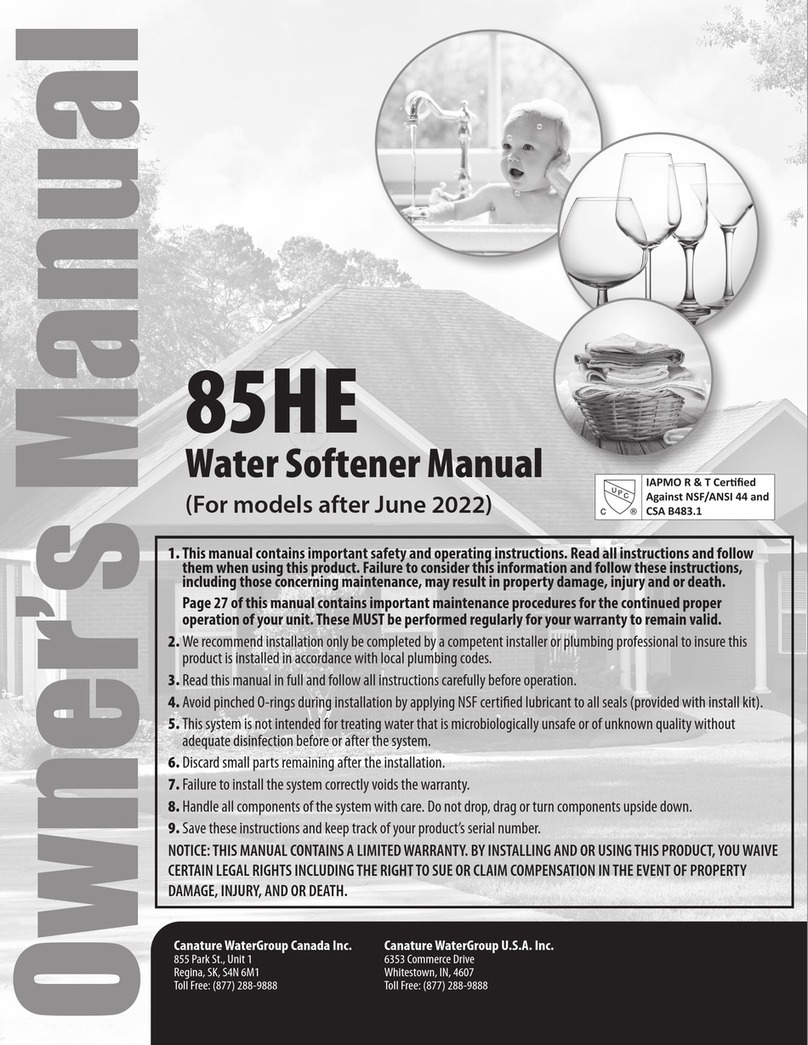
Canature WaterGroup
Canature WaterGroup 85HE owner's manual
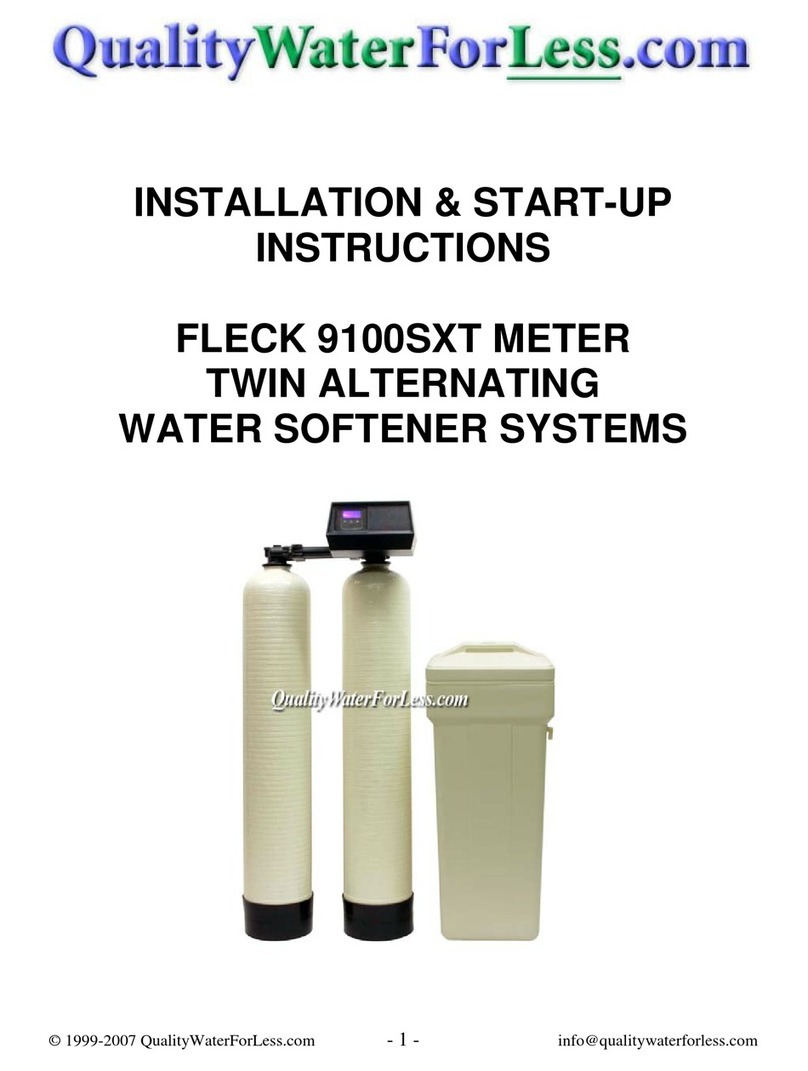
Fleck
Fleck 9100SXT Meter Installation & start-up instructions
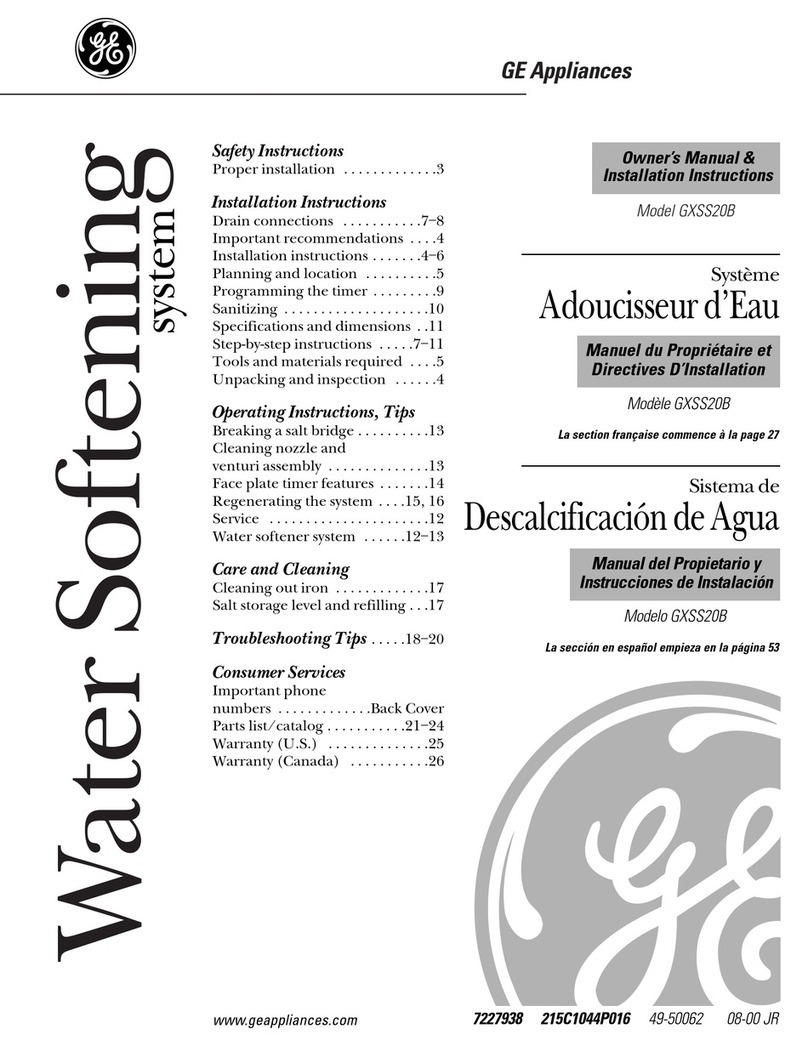
GE
GE GXSS20B Owner's Manual & Installation Instructions
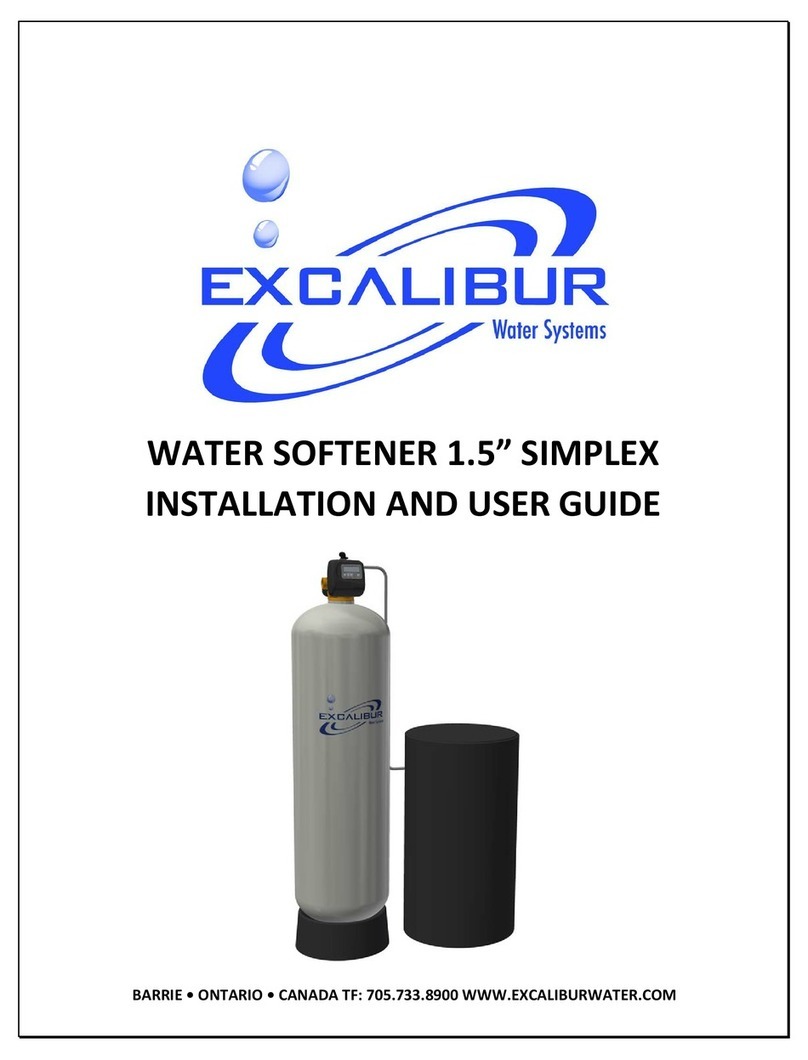
Excalibur
Excalibur EWS S1590 Installation and user guide